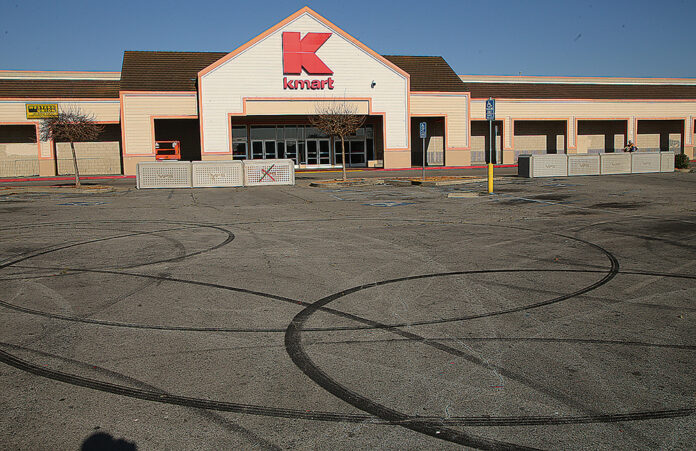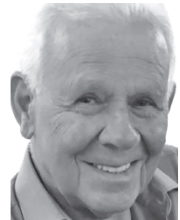It’s been more than half a year since the Kmart on Freedom Boulevard closed its doors for good. And as someone who constantly drives past the shell of the former community hotspot, it pains me to see what that location has become. On top of the giant rectangular blockades that have cordoned off the parking lot—something the City of Watsonville had to impose on the property owner after it turned into a homeless encampment—there are several other empty storefronts in the strip mall location. To put things nicely, this once-promising shopping hub looks desolate, outdated and forgotten.
I’ve tried several times now to reach out to Transformco, the amorphous owners of much of the remaining Sears and Kmart assets around the country, and I’ve unsurprisingly received no response about what the future may hold for this property. City representatives, at least to my knowledge, have also not heard of any movement from Transformco.
Of course, this is not the only Kmart or Sears location that has shut down in recent years. Up the road in Scotts Valley, that city’s Kmart closed in 2020 and the building that housed the failing business was quickly filled by Target—it’s slated to open later this year. Other shuttered former Kmart buildings have taken different forms in their rise from the ashes. Over in Ceres, a city south of Modesto, there were plans to turn their vacant Kmart building into a self-storage facility with adjoining fast food businesses. In Redlands, a city southeast of San Bernardino, a developer wanted to repurpose the vacant Kmart building there into an auto parts showroom.
Those uses are fine, I suppose. I’m sure they will both bring in some sales tax for the city, and make use of buildings that would have been left to rot. But I’d like to point you to what the City of Mesa is doing with its vacant Kmart building. That Arizona city, thanks to a Dallas-based developer, is planning to tear down the entire structure and replace it with an apartment complex that will feature 395 units, a pool and clubhouse, a fitness center, a dog park and 829 parking spaces. In addition, about 2 acres of that site is being left untouched for future commercial development.
I can already hear people complaining about the additional traffic on Freedom Boulevard if a developer were to bring such an idea to Watsonville. And I’m sure the people living adjacent to the Kmart building might have some reservations about this type of project. But if we look at the types of projects that renowned planners are suggesting communities across the country undertake, an apartment complex with built-in amenities and shopping falls in line with the new standard.
Let’s look at our neighbors up in Scotts Valley again. During a study session on their Town Center project, influential urban planner Bob Gibbs told city leaders that financiers aren’t looking to invest in retail projects unless they include at least 300 units of housing.
“Retail is highly risky,” he told the Scotts Valley City Council last summer. “It’s always changing.”
Taking this into account, I was a bit surprised with the answers I received when I reached out to a few dozen Watsonville residents over the last few weeks to get their take on what they would like to see take over the building. People mentioned restaurants, recreation centers like a rock climbing gym or a bowling alley, and other shopping options like HomeGoods and Walmart. No one said they wanted to see housing. Maybe that’s because we have yet to see a thriving mixed-use project that combines housing, shopping and recreation in our own neighborhood.
I have fond memories of shopping at Kmart and renting out movies at Blockbuster in that business center. I think many of us that are 30 and older do. But when I look at that bleak collection of businesses, I’m not stuck in a nostalgic haze. I think about the future. And I think about the potential that site has for our community.
I hope whoever takes it over does, too.
Tony Nuñez is the Managing Editor of the Pajaronian. Contact Nuñez at tn****@********an.com.










